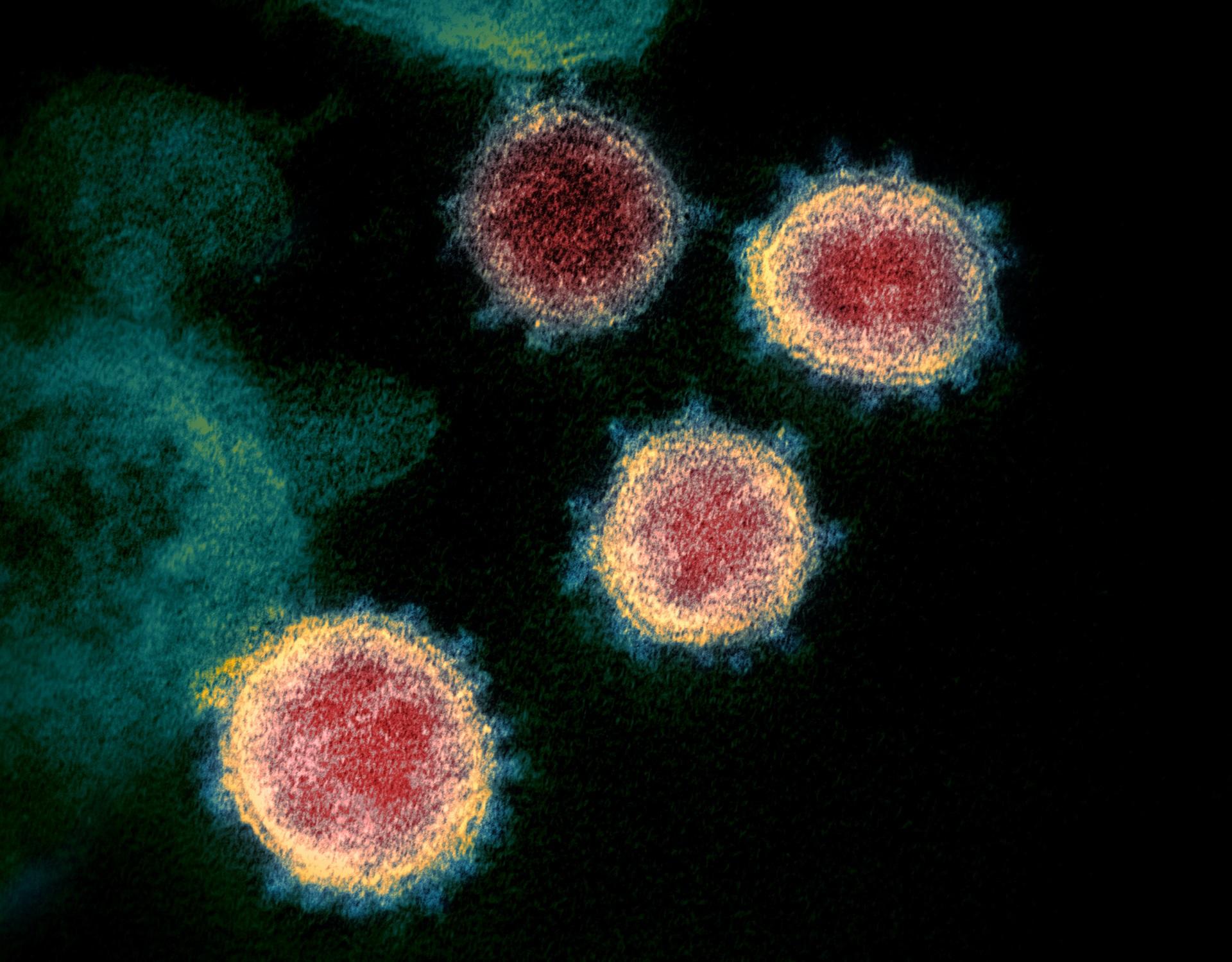The severe acute respiratory syndrome coronavirus 2 non-structural proteins 1 and 15 proteins mediate antiviral immune evasion
Infection with pathogenic viruses is often sensed by innate receptors such as Toll-Like Receptors (TLRs) which stimulate type I and III interferons (IFNs) responses, to generate an antiviral state within many cell types. To counteract these antiviral systems, many viruses, including severe acute respiratory syndrome coronavirus 2 (SARS-CoV-2), encode non-structural proteins (NSPs) that mediate immune evasion. Using an overexpression system in A549 cells, we demonstrated a significant increase (p ≤ 0.0001) in Vesicular Stomatitis Virus (VSV)-EGFP reporter virus replication in cell lines overexpressing either the SARS-CoV-2 NSP1 or NSP15 when compared to control A549 cells. The increase in VSV-EGFP virus output was associated with a decrease in TLR2, TLR4 and TLR9 protein expression and a lack of antiviral protein production. Truncation of both NSP1 and NSP15 led to an increase in cellular TLR2, TLR4 and TLR9 as well as a decrease in TLR2 expression respectively. This observation can be attributed to the presence of a functional domain in NSP1 and NSP15 between amino acid (aa) 120-180 and aa 230-346, respectively. Both TLR3 and TLR9 ligands but not TLR2 ligand were highly effective at overcoming NSP1 and NSP15 functional interference based on significant decrease (p ≤ 0.0001) in VSV-EGFP virus replication. NSP1 or NSP15 intracellular interactions are likely low affinity interactions that can be easily disrupted by stimulating cells with specific TLR3 and TLR9 ligands. This report provides insights into the role of SARS-CoV-2 NSP1 and NSP15 in limiting specific TLR pathway activation, as an evasive mechanism against host innate responses.
